Lights and shadows in the remediation of contaminated sites after 20 years from DM 471/1999. Remediation solutions with low environmental / economic impact. (more…)
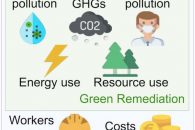

Lights and shadows in the remediation of contaminated sites after 20 years from DM 471/1999. Remediation solutions with low environmental / economic impact. (more…)
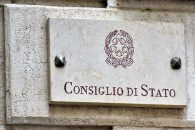
Competence of the Ministry of the Environment to identify material to be considered no longer as waste but recyclable Waste– Recyclable materials – Identification – Competence. Correspond to the Ministry of the Environment and not to the Regional Authorities, to identify, in addition to the provisions of EU directives, the additional “types” of material…
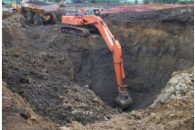
The new Regulation 120/17 on “simplified land and rock routing”, which entered into force on 13 June 2017, repeals DM no. 161/2012 and art. 184-bis, paragraph 2bis of the TUA, as well as Art. 41, c.2 and 41-bis of DL n. 69/2013. The new simplified land and rolling rocks DPR 120/17 also updates the ISPRA…
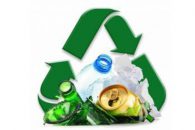
Release of a Ministerial circular about by-products Via a Ministerial circular about by-products in reference to the Decree 264 from 13.10.2016, the Minister of the Environment and the protection of the territory and of the sea stated that: “Indicative criteria were adopted to facilitate the demonstration of the existence of requirements for the qualification of…
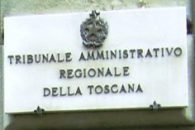
The Tuscan Administrative Regional Tribunal (TAR for it acronym in Italian) requires the Environmental Impact Assesment (TAR Toscana Sez. I n. 64 del 19.01.2017) According to the state’s environmental law, it’s consented that some projects are excluded of the Environmental Impact assessment requirement (V.I.A. for it acronym in Italian). This exclusion requirement is refered when…
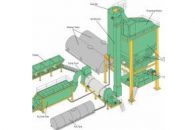
Carbon monoxide in the atmosphere: threshold value changed from 50 to 250 mg / Nmc, applicable for an asphalt production plants and established by a Services Conference in Tuscany, in response to a “particular” application of Decree February 5, 1998 concerning to the recovery of road milled 17.03.02 CER “at cold temperature.” Generally the existing asphalt production…

Accordingly, whereas one line of authority — based, inter alia, on the precautionary principle, the principle that preventive action should be taken and the ‘polluter pays’ principle, all of which are specific to EU law — considers the owner to be under an obligation to adopt emergency safety measures and rehabilitation measures even where that…
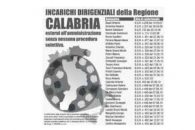
Surface water runoff: crime in absence of law As it flows over the land surface, stormwater picks up potential pollutants that may include sediment, nutrients (from lawn fertilizers), bacteria (from animal and human waste), pesticides (from lawn and garden chemicals), metals (from rooftops and roadways), and petroleum by-products (from leaking vehicles): the Decree 152/2006 estabilish with…

SmartStripping® in 100 seconds summarizes the main features of this green & sustainable remediation technique to cleanup the soil and groundwater from volatile organic compounds (VOCs), including organic halogen compounds and hydrocarbons. The remediation process removes the contaminants from the subsoil by a single carrier that operates in a closed cycle: the air. There are non consumption-extraction…
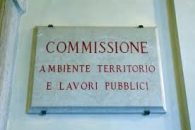
After 12 months of the publication of our article about the Tin paradox, it happened what not happened in 13 years: the Italian Government corrected the error ! The Italian Paradox on Tin soil contamination is known among professionals who deal with problems of soil contamination: engineers, geologists, chemists, public administrators, but also lawyers, accountants, real estate…
